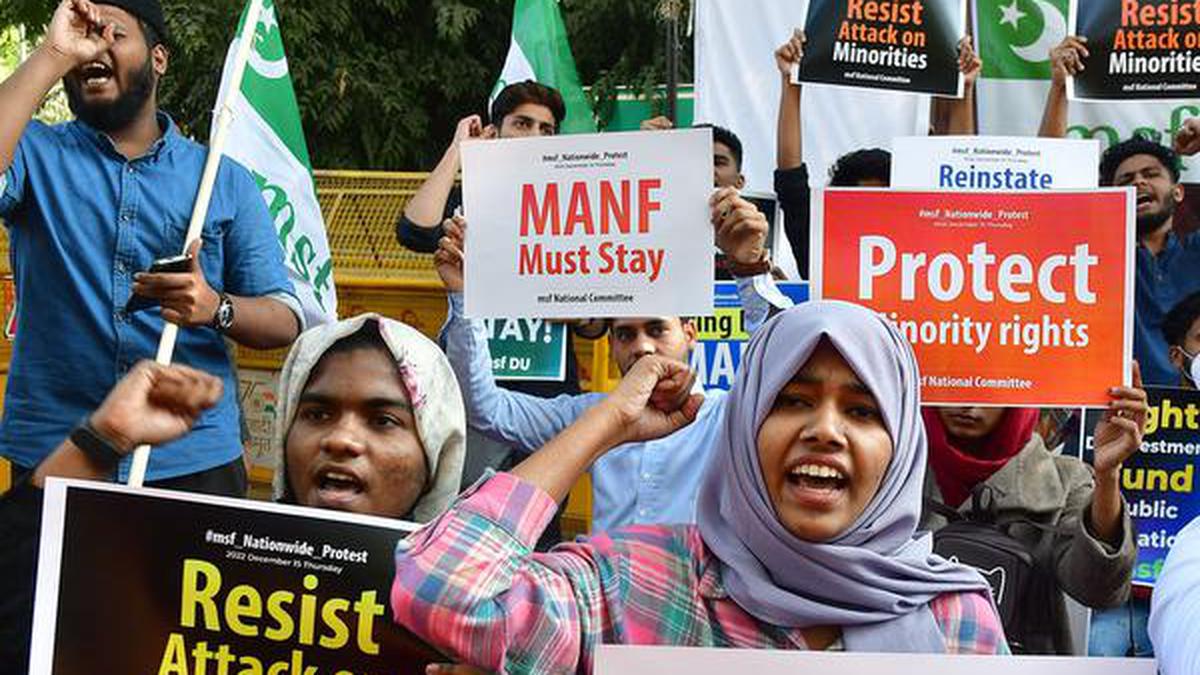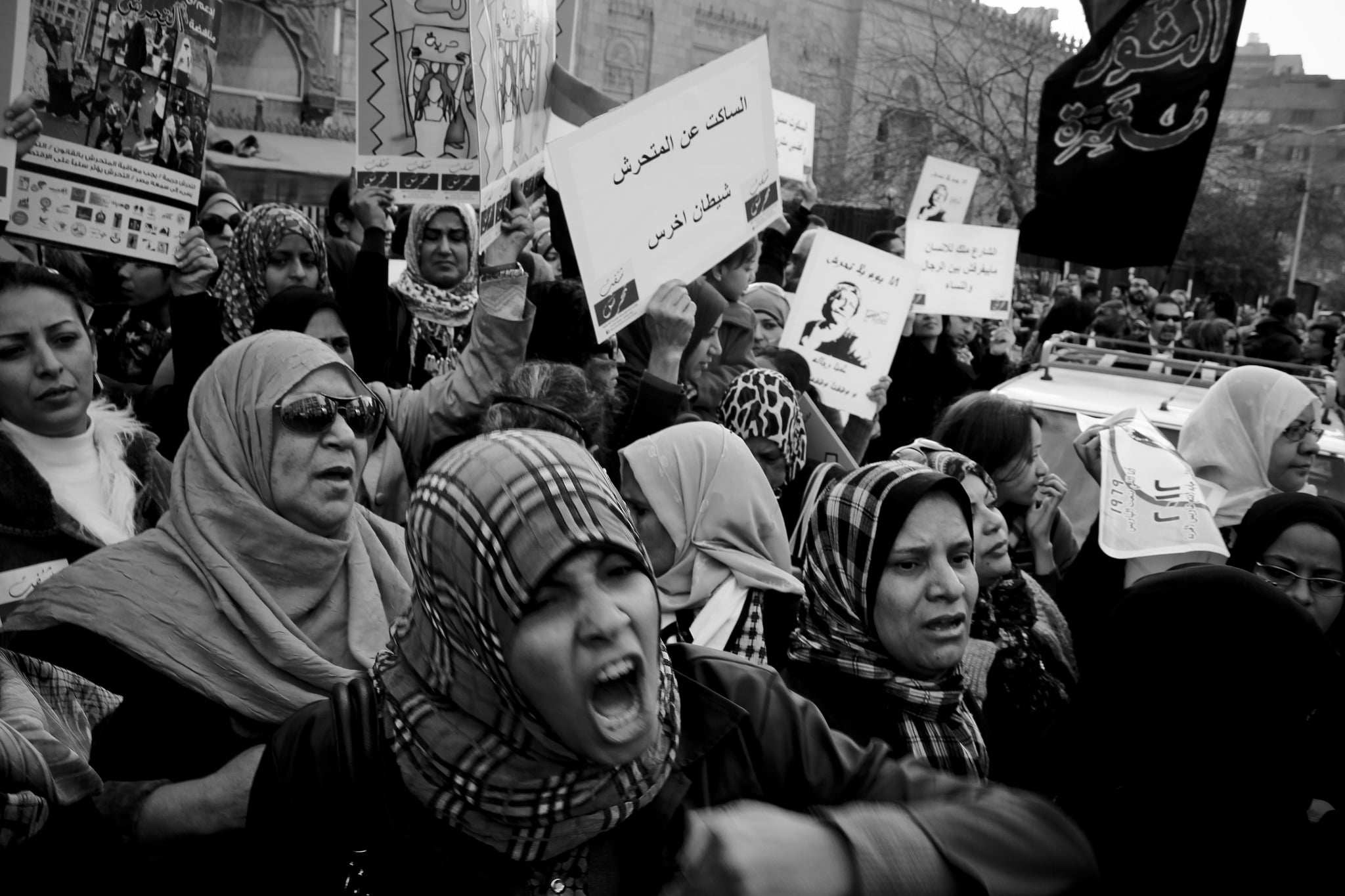Shakyamuni Buddha was the pioneer who initiated this way of life 2500 years ago. Buddhahood is all about transforming sufferings and rise above them. All you need is to meditate, and amend and mold yourself to inner wisdom, kindness and healing.
Nichiren the 13th century radical Buddhist Monk, a vociferous critic of Buddhahood, upon whose preaching the Soka Gakkai International is based, initiated the chanting of Nam-myoho-renge-kyo and intuited the Lotus Sutra as the core teaching of Shakyamuni Buddha.
Nam – Devote
Myo – Mystic
Ho – Law
Renge – Lotus Blossom
Kyo – The Lotus sutra
The principles of Buddhism and the processes of inner transformation is attained only after practice – it’s a prayer, a meditation.
Like other religious practices, Buddhism too got divided, into four categories namely: Theravada (The ancient form), Mahayana, Vajrayana and Zen Buddhism. Though all the four claims to have diversified views but the basics are similar – attain wisdom, infinite power to overcome obstacles, reaching out with compassion and healing. That is the fundamental law underlying the workings of all life and the universe, and covers the four noble truths: Pain and its ending; the cycle of rebirth, Karma and Nirvana.
When it comes to Buddhism and feminism, to start with, there is a glaring contradiction. Since it was the very own founder of Buddhism Siddhartha Gautama, who unable to bear the pain and miseries of daily life, left his wife and new born son in search of enlightenment and emerged as “Shakyamuni Buddha”.
The Buddha was the first religious teacher who forged the path where women were considered as equal.
But it was also him who believed, 25 centuries ago, in gender equality. 6,000 miles to the East, The Buddha shook society by recommending that females, like men, have potential for enlightenment. He fought out the initial defiance, and eventually insisted there should be Buddhist nuns as well as monks. In his words, “I will not take final Nirvana until I have nuns and female disciples who are accomplished…until I have laywomen followers…who will….teach the Dhamma”.
Early studies were focused on Anglo – American feminism delving into women’s oppression and involvement in public discussions. Buddhism took an upper hand in women’s lives in the 70’s and 80’s when the feminists in North America chose Buddhism instead of Judaism and Christianity. Buddhism promoted and focused on women empowerment and spoke of equitable rights through a socio-cultural lens and hence paved the way for women.
Buddhist texts turned attention towards women and sought for equal rights through philosophical, social, scientific, cultural ideologies. Feminism also fetched greater modulation and educational sensitivity in the recent dawning of postmodern Buddhism studies
Women have been subject to discrimination, irrespective of geographical location, society remains biased and sees women as an object or seductress or a mere commodity whose aim should lie in satisfying her man, handle domestic chores, bear children, etc. Truth is, the stigma against women has originated in religion itself. Our mythology itself identifies men as “Son of God”, but it never an axiom where women are identified as “Daughter of God/Goddess”.
In spite of such bigoted religious practices, The Buddha fought such discriminatory attitudes against women. The Buddha was the first religious teacher who forged the path where women were considered as equal and also indicated that it’s women who should be given equal justice in terms of not only spiritual development, but in all other spheres – politics, culture, education, idealism.
Also Read: Sikh Women And The Politics Of Hair
The Buddha claimed that women should be given due credit to their capabilities and abilities. He stated that women should lead a religious life, and not a life where she is just a mere commodity. Women are indeed equally capable of realizing the bliss and purification of mind in the process of Nibbana, same as men. The testimonies of the Theris (nuns) are evidence to this fact.
The Masculine Buddhist followers are known as Bhikshus. The Buddha made women eligible for Buddhahood by opening the gates to women by forming the Bhikkhuni Sangha – The Order of Nuns, which certainly was a nudge to society that indeed women have all the rights to enjoy equal social status.
The Buddha says feminism is freedom from oppression and that can only be possible through spiritual development and purging the mind from all sorts of adulteration – lust, greed, hatred and delusion. One needs to be brutally harsh on the fact that no matter how much you debate, real freedom can be achieved by rigorous practice of meditation as per the teachings of Buddhism.
On Buddhism and feminism, a devout follower of Buddhism Sonam Choden quotes “The ideas of feminism have made me realize that there is a certain section of our society whose voices have not received much importance or exposure for that matter. That’s when it struck me. Patriarchy runs deep!
I have spent a considerable amount of time with the nuns in the western and eastern part of a small Himalayan state called Sikkim to learn about their experiences of being a nun in an all-male-dominated club. Trust me, it was one of the most enriching personal experiences I’ve ever had.
Buddhism is all about being ‘awakened’ and unpacking our potential to generate compassion and wisdom to the fullest. Being either a man or a woman is just a small fraction of what really makes us whole or a complete human being. However, to hold onto archaic beliefs about women being inferior are a great illusion created by the age-old patriarchal norms which unfortunately still exist to this day”.
The Buddha made women eligible for Buddhahood by opening the gates to women by forming the Bhikkhuni Sangha – The Order of Nuns.
To conclude this essay, Buddhism has immensely contributed to the development of women. Looking into ancient Indian culture, it condemned the strict rituals thrown at women, dominance of men and the priestly class over women. It encouraged an autonomous and social equality based society. It paved in doors for women and non-dominant castes, abolished distinctions in society and promoted the principle of equality that women are equal, no less than men, in terms of culture, religion, society, rights, education, politics and spirituality.
Feminism through lens of Buddhism can be clinched only if you carry out your thirst and faith for the way. The sufferings of change and impermanence will be no more than yesterday’s dream and the awakening of enlightenment will become today’s reality.
Chanting Nam-Myoho-Renge-Kyo while staring at a blank wall, irrespective of any religious commitment, aids in the tapping for wisdom, seeking peace, extending compassion, rising above sufferings. There is no need to prove that we women are strong, we already are, it’s about changing the way the world perceives us.
Also Read: Where Does The Identity Of Female Ascetics Lie In Hinduism?
Featured Image Credit: The Diplomat




